Is Kansas government “hollowed-out” even though spending is rising?
In the Wichita Eagle, Burdett Loomis writes: “In 2011, Gov. Sam Brownback and a far-right Kansas House of Representatives began to hollow out state government, all in the name of smaller, more efficient, more private administration.”1
Loomis doesn’t define what he means by “hollow out” but the measure of the size of government is spending. Not taxation, but spending, because if government spends without taxing by the same amount, someone has to pay, eventually. Or, in the case of Kansas, we spent funds saved from years when Kansas collected more than it spent. (Yes, Kansans were over-taxed.) Then, we raised taxes.
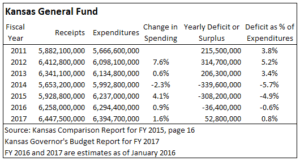
Charts at the end of this article show Kansas government spending, from general fund and all funds spending. One chart shows total dollars spent, and one shows per-capita spending. Both are adjusted for inflation. On these charts it’s difficult to see where total spending has been cut or slashed in recent years. All funds spending continues its upward trend, with a few exceptions. General fund spending remains level or trending slightly upwards.
Loomis: “But the value of a stable, reliable state government that delivers core programs in education, transportation, health and social services remains a bedrock element of most successful American states.”

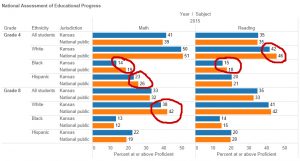
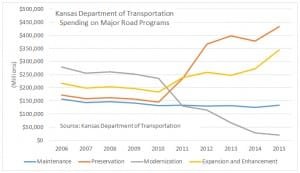
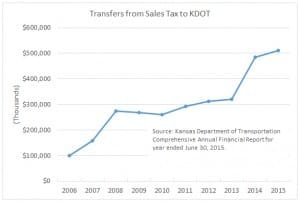
I’ll leave it to someone else to research spending on health and social services.
Near the end of the article, Loomis writes: “Over the past few years, much of the political discourse has focused on shrinking revenues from tax cuts.” But we should really be looking at the level of spending.
Now: Could it be possible that even with rising state spending that services are, in fact, being “hollowed out?” Yes. Absolutely. It is, after all, government providing these services.
Notes for charts:
Data is from Kansas Fiscal Facts 2015
2015 through 2017 are approved figures, not actual spending
2015 and beyond population are my estimates
CPI is Consumer Price Index – All Urban Consumers, CUUR0000AA0
—
Notes
- Loomis, Burdett. Kansas is becoming a hollowed-out state. Wichita Eagle, July 9, 2016. Available at www.kansas.com/opinion/opn-columns-blogs/article88555862.html. ↩
- Kansas has been borrowing, however. See: Weeks, Bob. Kansas transportation bonds economics worse than told. Available at wichitaliberty.org/kansas-government/kansas-transportation-bonds-economics-worse-than-told/. ↩
- Weeks, Bob. Kansas school spending: Visualization. Available at wichitaliberty.org/wichita-kansas-schools/kansas-school-spending-visualization/. ↩
- Kansas State Department of Education. Total Expenditures by District. Available at www.ksde.org/Agency/Fiscal-and-Administrative-Services/School-Finance/Budget-Information/Total-Expenditures-by-District. ↩
- Weeks, Bob. KPERS payments and Kansas schools. Available at wichitaliberty.org/wichita-kansas-schools/kpers-payments-kansas-schools/. ↩
- Weeks, Bob. ‘Game on’ makes excuses for Kansas public schools. Available at wichitaliberty.org/tag/wichita-and-kansas-schools/. ↩
- Weeks, Bob. Kansas highway spending. Available at wichitaliberty.org/kansas-government/kansas-highway-spending/. ↩
- Weeks, Bob. Sales tax revenue and the Kansas highway fund. Available at wichitaliberty.org/kansas-government/sales-tax-revenue-kansas-highway-fund/. ↩
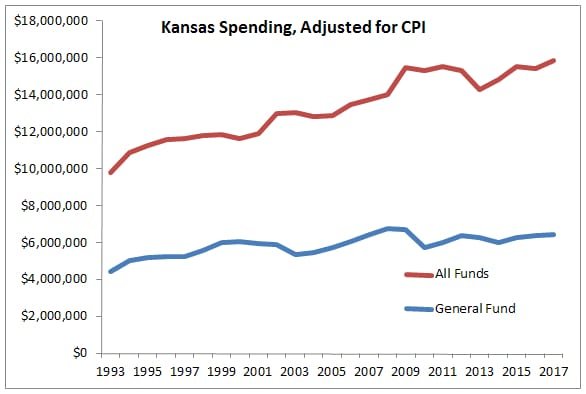
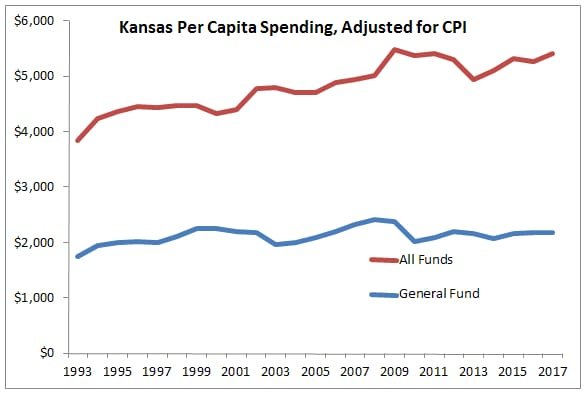
Leave a Reply